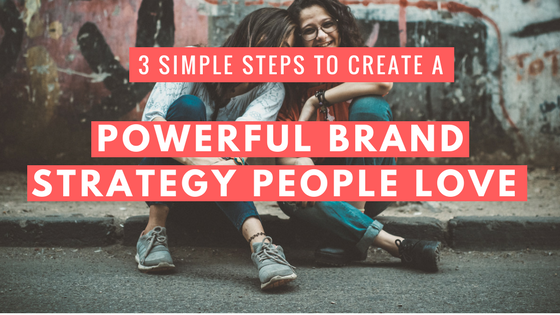As an entrepreneur, you need clarity on your startup or company branding. But you don’t necessarily need to engage an agency.
With some writing flair and clarity of thought, you can bootstrap the process with these three simple steps:
1. Define your Hero Customer
#1: Your Hero Customer is your ideal customer.
#2: Every company has only 1 Hero Customer.
For many new businesses nowadays — especially platforms that connect people with services — there are often at least two target audiences.
But the truth is, each company has only 1 Hero Customer.
This Hero Customer is your BFF, the perfect person your company was built for.
It’s a common confusion for companies that are starting out, so let’s take a well-known platform company as an example:
Airbnb
Airbnb has 2 main target segments — travellers and hosts. But really, their Hero Customer is the quintessential globetrotter who wants to ‘travel like a local’. They’re somewhat budget conscious, and proud to belong to a tribe of travellers who don’t simply hop from hotel to sightseeing spot.
So why is Airbnb’s Hero Customer the traveller instead of the host?
Ask yourself a simple question: Where is the business coming from? This should make it crystal clear who you should be speaking directly to, most of the time.
For Airbnb, hosts are service providers who creates lodging solutions. But the company has created strong emotional appeal and a proud community around this niche group of travelers.
This means that more often than not, hosts are people who buy into the Airbnb ideal, and use the platform when they themselves are travelling!

2. Positioning
What is your ‘Onlyness’?
What can you give that no one else can?

The point is, you could be selling a commodity like socks, pens, or even motorcycles, but there are a million ways to do it.
Here’s an example of Harley Davidson’s Onlyness statement:
The only motorcycle manufacturer
That makes big, loud motorcycles
For macho guys (and “macho wannabes”)
Mostly in the United States
Who want to join a gang of cowboys
In an era of decreasing personal freedom.
And here’s how it translates directly into an ad:

Simply put, Harley Davidson doesn’t just manufacture and sell motorcycles. It’s the only motorcycle company that has taken a peek into ‘Macho guys’ deepest desires and sold an aspiration of what they want to be. That’s what makes it so powerful.
3. Purpose
Now, you’ve defined your Hero Customer and hammered out the Onlyness statement for your Hero Customer. But that’s not the end.
Go back to when you first had the idea for your company. What compelled you to start it?
What is the Big-Picture cultural or societal context that your company is uniquely placed in?

People love buying into ideals, and by crafting your Purpose clearly, it creates a mission for like-minded people to rally around.
Let’s take a look at WeWork’s mission statement:
The founders understood that that in this vibrant startup culture, an office is no longer just somewhere to work. They wanted to create a community where people could be inspired to work on their own terms.
So now you’ve been equipped with the tools to kickstart your own branding process. We’d love to hear your perspectives if you have any!

